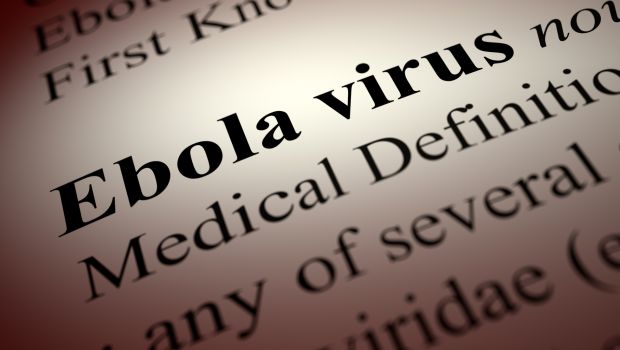Ebola Strikes Again: What are the Causes, Symptoms and Prevention

Ebola virus or Ebola hemorrhagic fever is a severe illness in humans caused by a virus which is transmitted to people from wild animals and spreads in the human population through human-to-human transmission. Fruit Bats of the Pteropodidae family are known to be natural Ebola virus hosts. Ebola virus disease outbreaks were first discovered to be occurring in remote villages in Central Africa around the rain forests while a later outbreak in West Africa. It involved major urban as well as rural areas. An Ebola patient suffers severe fever, muscle pain, headache and sore throat followed by vomiting, diarrhea, rashes etc. If untreated Ebola virus often leads to the death of the patient. There is no licensed treatment yet that has proven to neutralise the virus but a range of blood, immunological and drug therapies are still being developed. In the year 2014, Ebola virus affected more than 7000 people worldwide out of which it killed more than half of the patients according to the figures released by WHO.
Symptoms of Ebola Virus Disease (EVD)
The incubation period, i.e, the time interval from infection with the virus to onset of symptoms is 2 to 21 days. Humans are not infectious until they develop symptoms. First symptoms are the sudden onset of fever fatigue, muscle pain, headache and sore throat. This is followed by vomiting, diarrhea, rash, symptoms of impaired kidney and liver function, and in some cases, both internal and external bleeding. Laboratory findings include low white blood cell and platelet counts and elevated liver enzymes of the patient.
Although it can be difficult to distinguish between EVD and other infectious diseases, here is a list of diagnostic investigation to confirm that the symptoms are due to Ebola Virus:
- Antibody-capture enzyme-linked immunosorbent assay (ELISA)
- Antigen-capture detection tests
- Serum neutralization test
- Reverse transcriptase polymerase chain reaction (RT-PCR) assay
- Electron microscopy
- Virus isolation by cell culture.
Prevention Measures
As there is no licensed cure of this virus-oriented disease, community engagement is key to successfully controlling outbreaks. Raising awareness of risk factors for Ebola infection and protective measures that individuals can take is an effective way to reduce human transmission. Risk reduction messaging should focus on several factors:
- Reducing the risk of wildlife-to-human transmission from contact with infected fruit bats or monkeys/apes and the consumption of their raw meat. Animals should be handled with gloves and other appropriate protective clothing. Animal products (blood and meat) should be thoroughly cooked before consumption.
- Reducing the risk of human-to-human transmission from direct or close contact with people with Ebola symptoms, particularly with their bodily fluids. Gloves and appropriate personal protective equipment should be worn when taking care of ill patients at home. Regular hand washing is required after visiting patients in hospital, as well as after taking care of patients at home.
- Reducing the risk of possible sexual transmission, based on further analysis of ongoing research and consideration by the WHO Advisory Group on the Ebola Virus Disease Response, WHO recommends that male survivors of Ebola virus disease practice safe sex and hygiene for 12 months from onset of symptoms or until their semen tests negative twice for Ebola virus. Contact with body fluids should be avoided and washing with soap and water is recommended. WHO does not recommend isolation of male or female convalescent patients whose blood has been tested negative for Ebola virus.
- Outbreak containment measures, including prompt and safe burial of the dead, identifying people who may have been in contact with someone infected with Ebola and monitoring their health for 21 days, the importance of separating the healthy from the sick to prevent further spread, and the importance of good hygiene and maintaining a clean environment.
